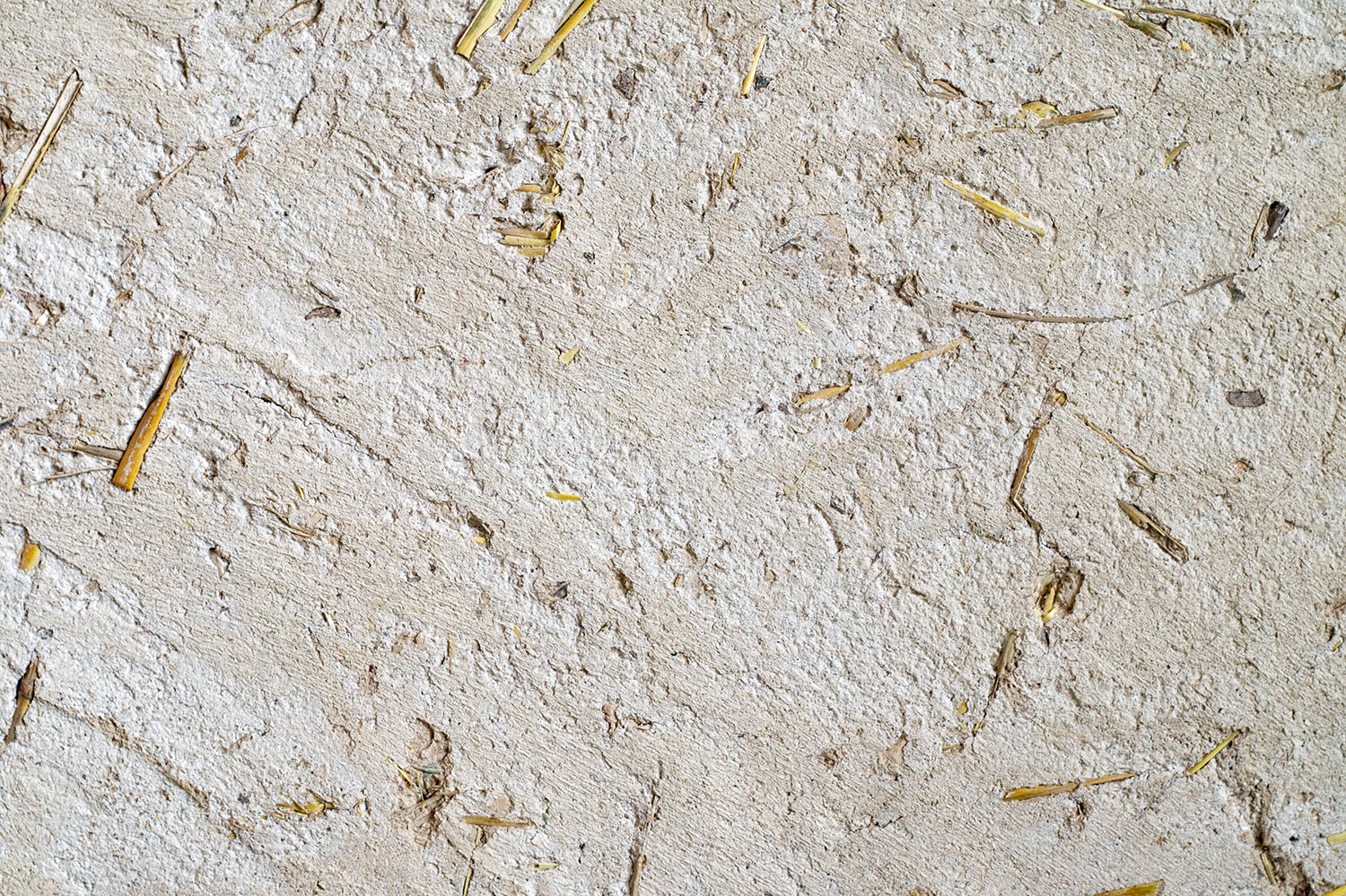Clay Renders
A flexible and practical material for rendering, clay plasters have been around in building construction since time immemorial. Natural building materials have become the talk of the hour, as more and more building processes are looking to create lower impact on the environment while still producing results that are an absolute bang for the buck. Traditionally clay renders were applied with coarse stabilizers such as straw. Of all natural earthen plasters, clay is the most pliable, making it adapt to contours and corners while being visually elegant and organic, non-toxic, durable and eco-friendly.
What is it?
Clay used for rendering is obtained as clayey subsoil through the process of excavation. Although it requires no processing for usage, the modernized application involves a pre-mix of fired (natural or manufactured) clay and sand in a set ratio. This pre-mix is hydrated with water to create the blend that is applied to the substrate and allowed to harden. The properties of clay from various regions vary and so does their application and textures. While some clay harden and are water repellant, some clays are softer and allow more moisture retention. This variation is especially important to consider with different types of substrates.
What’s it going to look like?
Clay renders harden to create a seamless and continuous finish that can be either coarse or smooth. Locally procured clay is naturally available in a large array of colours but they also mix well with natural, non-toxic pigments. Clay rendering lends a slightly raised and continuous finish that is visually soothing especially in neutral colours. Any undulations caused by this natural swelling of clay during application only add to its rustic, organic charm. Clay rendered interiors provide a tranquil continuity to the space that can serve as a gentle backdrop for eye-popping bright or metallic accents.
Where can I use it?
When clay mixes are hydrated, they tend to swell but not crack. They get sealed and the surface becomes waterproof. Natural clay that is not fired is especially good at moderating humidity and can be used in areas such as kitchens and bathrooms. Clay renders keep the interior climate cool and healthy. For this reason they can be used for any and all interior surfaces. For exterior use, it is advisable to used clay only as base coat below lime renders since excessive exposure and rubbing can harm the finish. Hence they are also not advisable for floors or stairways. They can applied to adequately prepared substrates such as earth, brick and stone.
What else should I really know?
The application of pre-mixed clay can be carried out by hand or by spraying with a machine for more even finish, but is best handled by a professional. Clay renders are particularly renowned for quick odor absorption even in spaces that do not have good ventilation. They need minimal maintenance and are suitable for both new construction as well as renovation projects. Clay is also particularly excellent at absorbing sound and avoiding reverberation, which is helpful for large, open plans in contemporary interiors. They are easy to repair and the product can be crumbled again to produce perfectly re-usable plaster.



